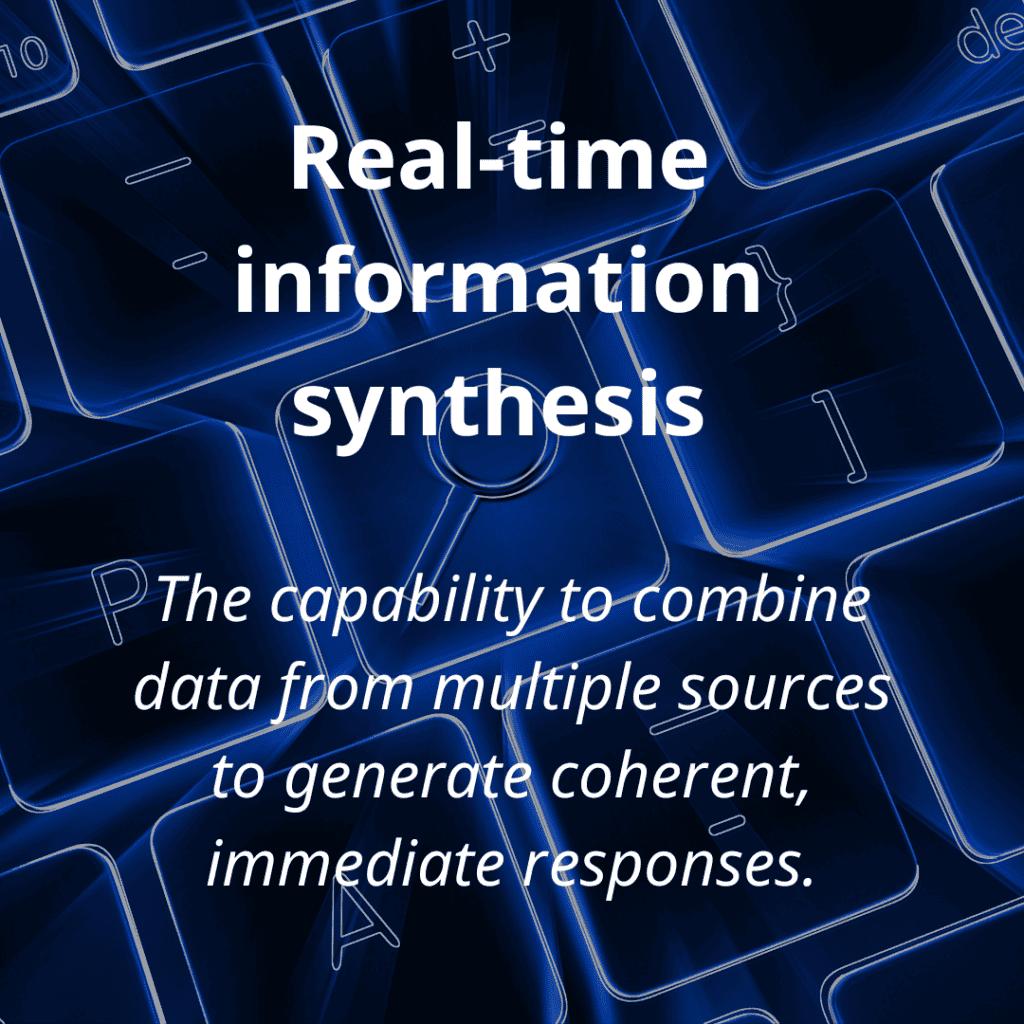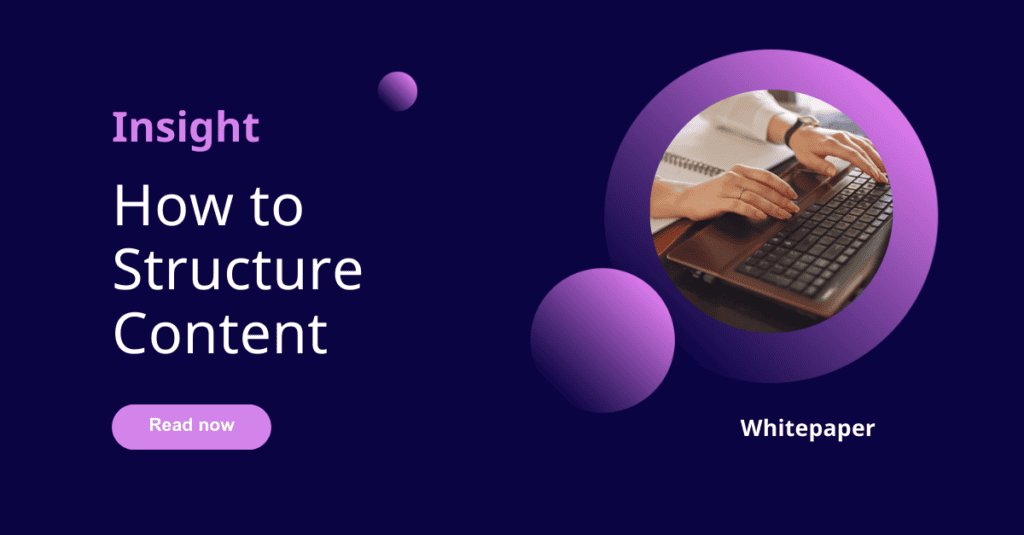Search is evolving rapidly. With the rise of Large Language Models (LLMs), Retrieval-Augmented Generation (RAG), and advanced semantic search techniques, traditional search paradigms are being redefined. Modern search systems are no longer limited to returning links based on keyword matches; they now aim to understand context, intent, and relevance, delivering synthesized, human-like responses.
This shift prompts a crucial question: Is traditional search becoming obsolete? While the core principles remain intact, the mechanisms behind how we discover and interact with information have dramatically transformed. For standards publishing, this evolution presents both challenges and opportunities.
To remain discoverable and relevant in a world driven by AI-enhanced search, standards publishers must rethink how standards are created, structured, and delivered. Future-proofing standards publishing means more than digitization, such as making standards available in online formats or utilizing schemas like NISO STS – it requires embedding structure and meaning into content to ensure it can seamlessly serve intelligent systems in a way that delivers value to humans.
Understanding the evolution of search
Key advancements are powering the next generation of search beyond traditional keyword-based methods:



These innovations enable modern search systems to return not just documents, but direct, meaningful answers. Unlike traditional search, which relies on ranking documents based on keyword relevance and static metadata, search is evolving to interpret user intent and retrieve content based on the relationships between concepts.
The benefits to consumers of standards are clear: faster access to knowledge, more intuitive user interactions, and the ability to access requirements without navigating through layers of content.
For standards publishers, the challenge lies in how to ensure that standards are optimized for consumption by machines. If content lacks structure or is stored in static formats like PDFs, it risks becoming invisible to modern search tools such as those used by many professionals using, for example, research portals to understand the latest updates to laws, standards and guidance. In a future driven by conversational experiences, this question of how consumers of standards will find and access what they need becomes ever more prominent.
The rise of GenAI is accelerating a move toward search experiences that are not just intelligent, but conversational and goal-oriented.
Componentization: the foundation for findability in modern search
Structured content and componentization are essential for improving discoverability in today’s AI-powered search landscape. Unlike static documents that are difficult for search systems to analyse, this approach organizes standards at e.g. the clause level that can be tagged, categorized, and indexed. This structure allows both humans and machines to easily find and surface relevant information.
For consumers of standards dealing with frequent change, it can be challenging to pinpoint updates to specific clauses or provisions. Componentization, however, enables standards publishers to organize information at a granular level, tagging individual sections, clauses, or provisions with semantic tags and metadata. This allows the content to be dynamically retrieved based on meaning, rather than relying solely on keyword matches. It can also be traced across its full lifecycle, including how it is incorporated into downstream systems.
By leveraging semantic tagging and metadata, using a structured approach to managing standards makes it not only easier to find but also more contextually relevant. Modern search systems can surface the most relevant, accurate, and up-to-date information. Whether users are searching for specific standards, clauses, or related standards, componentization ensures consumers of standards – be it human or machines – can quickly access the exact information they need.
In addition, the ability to support version control and automated updates ensures that the most current, accurate versions of standards are always available. This is especially critical in fast-changing standards environments, where timely access to up-to-date information is essential for decision-making.
Ultimately, componentization is the key to ensuring that standards are not only searchable but also intelligently indexed for both human and machine interpretation in modern search systems.
The role of knowledge graphs and RAG in enhancing standards for modern search
Incorporating knowledge graphs and RAG pipelines into the management and consumption of standards unlocks even greater potential, empowering organizations to deliver faster, more accurate, and context-aware search experiences.
Knowledge graphs map relationships between concepts and documents, helping both humans and machines navigate complex standards information. When combined with LLMs, knowledge graphs guide RAG systems to pull relevant, contextually accurate data, ensuring that AI-generated responses are precise and aligned with the right version and where applicable, jurisdiction of a given standard.
For standards consumers, this combination enhances search accuracy and enables advanced features like contextual navigation, clause-level linking, and intelligent recommendations. These features streamline the search experience, allowing users to quickly find the information they need, while navigating complex standards frameworks with ease.
The future of search: from documents to dialogue
The search experience is undergoing a major shift. Users today expect Google-like interactions – intuitive, responsive, and precise. Yet for many standards consumers, those expectations are unmet due to static formats, like PDFs. This is where a CCMS already delivers significant value, enabling structured content and smarter search capabilities.
However, the next frontier is unfolding quickly. The rise of GenAI is accelerating a move toward search experiences that are not just intelligent, but conversational and goal-oriented. In this paradigm, users will no longer “search” in the traditional sense – they will instruct, explore, and retrieve through natural language dialogues with search engines. As our CIO, Sean McGrath, recently wrote, “it is important to consider the AI future strategically and with the appropriate structures as we navigate the next stage of the evolution in human-computer interaction.”
To meet these evolving demands, standards organizations must adopt technologies like content componentization, knowledge graphs, and RAG pipelines. These will enable your content to be AI-ready, searchable, contextual, and primed for interaction.
By embracing this future, standards publishers can ensure their IP remains authoritative, accessible, and aligned with how people and machines will expect to consume and engage with information in the years to come.

